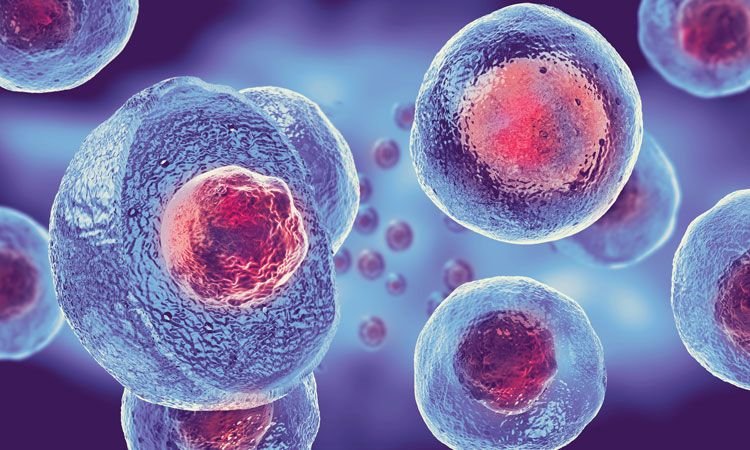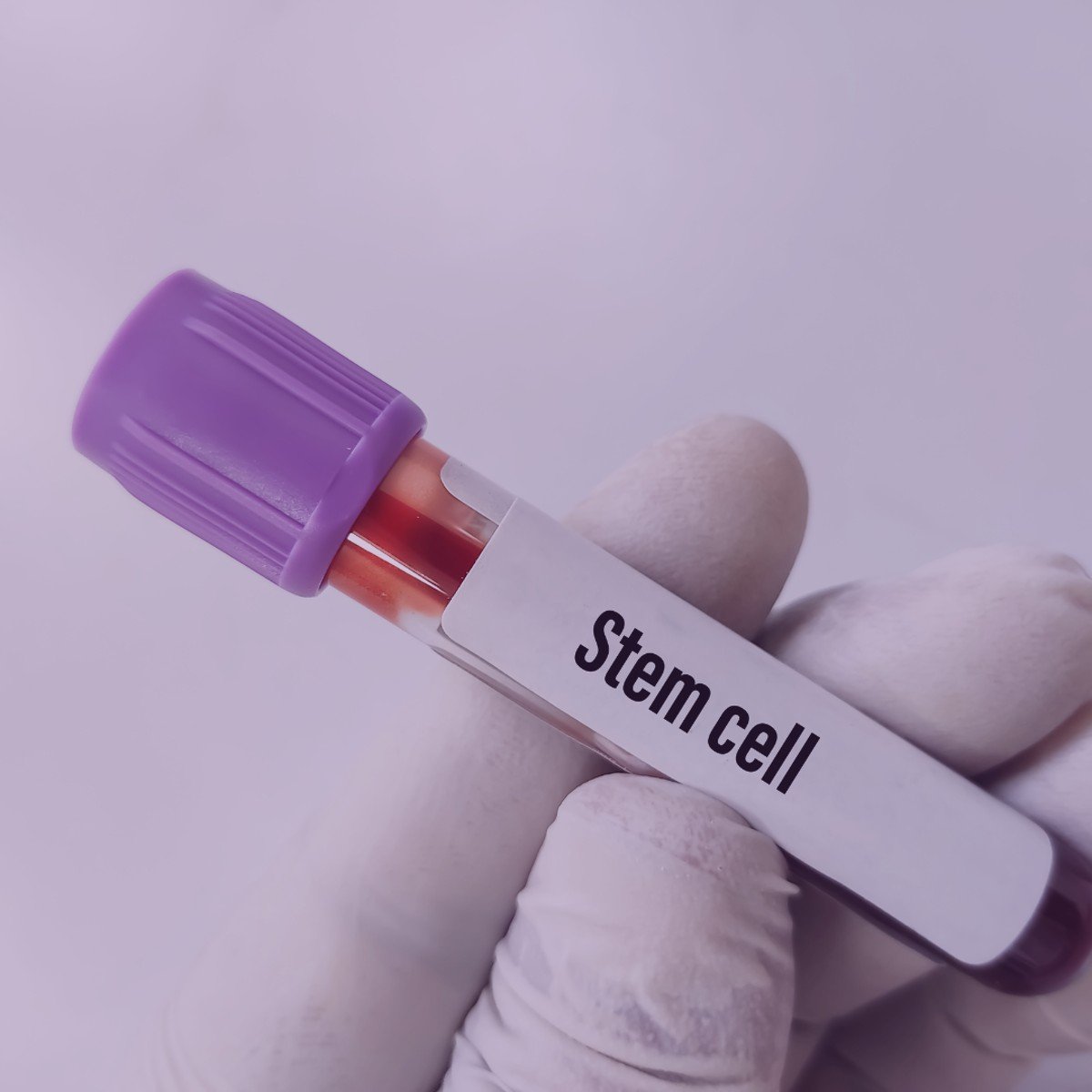How Stem Cell Therapy Works
Stem cell therapy leverages the body’s natural repair system to treat damaged tissues and organs. At Viezec, we use advanced, research-backed protocols to ensure each treatment is personalized, safe, and effective. The process typically involves the following steps:
1. Patient Assessment: Our specialists begin with a thorough evaluation of your medical history, condition, and overall health to determine suitability for stem cell therapy. This step ensures a personalized treatment plan designed to maximize results.
2. Stem Cell Harvesting: Stem cells are typically obtained from the patient’s own body (autologous) or from ethically sourced donor tissue (allogeneic). Common sources include bone marrow, adipose (fat) tissue, or umbilical cord blood. This process is minimally invasive and performed under strict safety protocols.
3. Processing & Purification: Collected stem cells are carefully processed in a controlled laboratory environment to isolate the most potent regenerative cells. This ensures the therapy is high-quality, safe, and targeted for effective healing.
4. Targeted Administration: The purified stem cells are administered to the affected area through injection or infusion. Depending on the condition, therapy may be localized (e.g., joint injection) or systemic (e.g., intravenous infusion) to maximize regenerative potential.
5. Regeneration & Recovery: Once delivered, stem cells release growth factors and cytokines that stimulate tissue repair, reduce inflammation, and support healing. Patients often notice gradual improvement in function, mobility, or symptom relief over weeks to months.
At Viezec, our India-based clinics adhere to globally recognized protocols and combine advanced technology with specialist expertise, ensuring patients receive effective, safe, and personalized stem cell therapy for a wide range of conditions. Book a consultation today to explore how stem cell therapy can benefit you.







